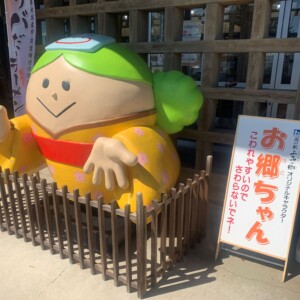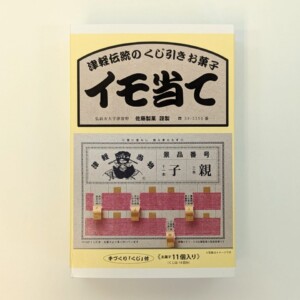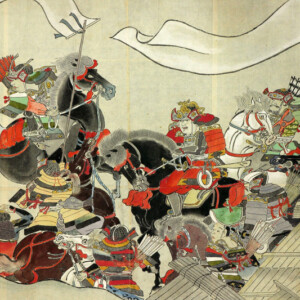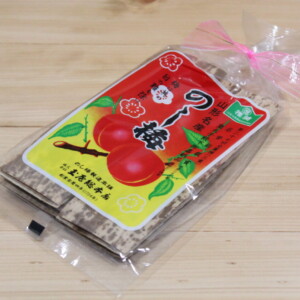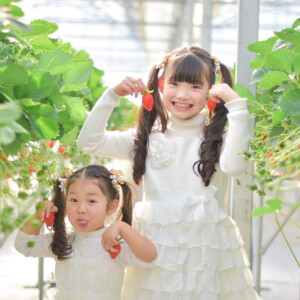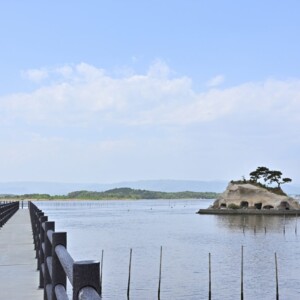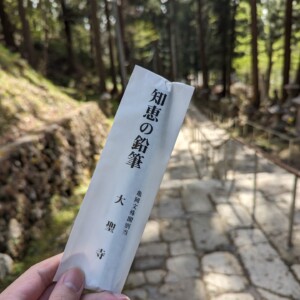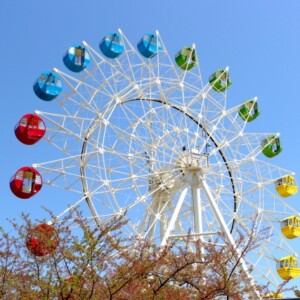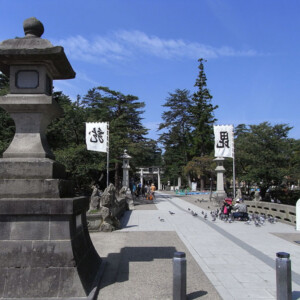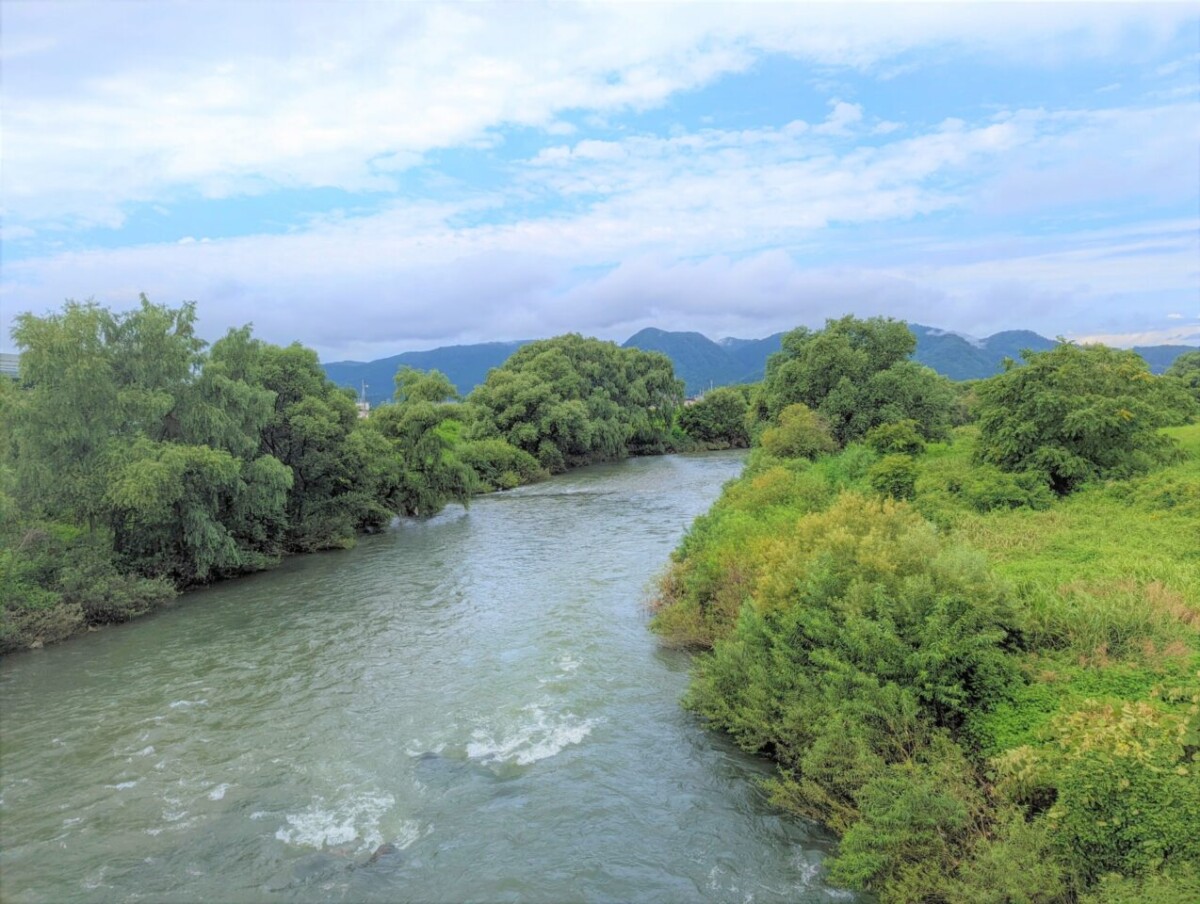
[Misato Town, Akita Prefecture] ``Rokugo Yusui Group'' where 120 springs have enriched people's lives
table of contents
- 1 Masumi Sugae, who walked along the Rokugo Springs during the Edo period and left behind colorful paintings
- 2 "Otakodai Shimizu" used as the kitchen of the lord of Akita domain
- 3 "Falconer Shimizu" used for falconry by the lord of Akita domain
- 4 Niteko Cider is made from this spring water "Niteko Shimizu"
- 5 Niteko Cider, which has been produced since the Meiji era
- 6 "Egao Shimizu" is still used as sake brewing water today
- 7 "Homon Shimizu" in a quiet residential area
- 8 The name "Fujishimizu" comes from the magnificent wisteria trellis
- 9 Kamisukiza Shimizu, where Japanese paper for banknotes was made
- 10 Hatachiya Shimizu, where the liquor store kept its sake chilled
- 11 Misato Town Lavender Garden: Beautiful lavender cultivated by spring water
The Rokugo area of Misato Town in Akita Prefecture is known as the "Rokugo Spring Group," and
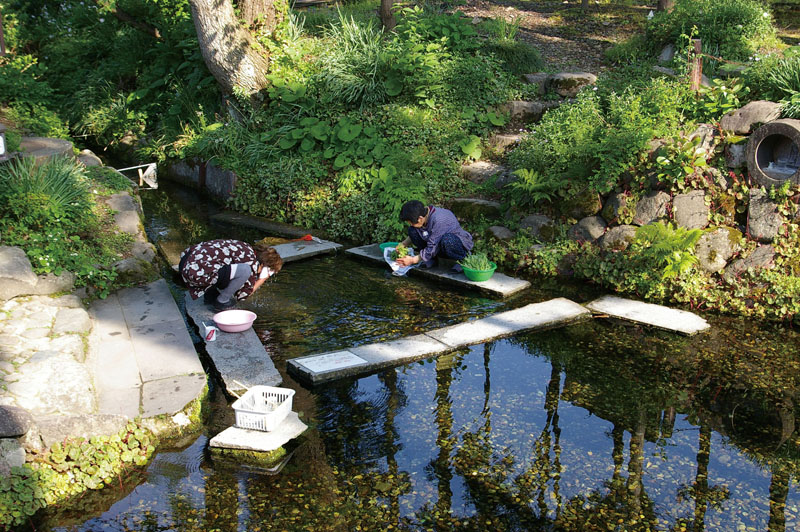
Misato Town is located in the center of the Yokote Basin, which stretches from Yuzawa City to Semboku City from north to south, and borders Daisen City in Akita Prefecture to the west and Nishiwaga Town in Iwate Prefecture to the east
The Rokugo Springs are an area in the alluvial fan of the Maruko River, which flows from the western edge of the Ou Mountains, where underground water springs out in over 120 locations
Masumi Sugae, who walked along the Rokugo Springs during the Edo period and left behind colorful paintings
Rokugo was the territory of the Rokugo clan until the Sengoku period, and the Satake clan of the Akita domain during the Edo period. Particularly during the Edo period, it developed as a post town on the Ushu Kaido road, which passed through Aomori, Akita, and Yamagata and joined the Oshu Kaido road
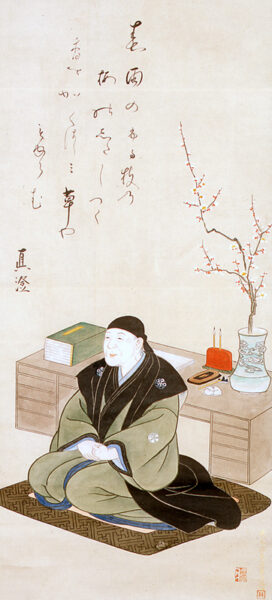
The Rokugo Springs Group is a collection of colored landscape paintings by the travel writer Sugae Masumi , in his Sugae Masumi Travelogue (77 volumes, 12 chapters in total). This travelogue is an extremely valuable resource, as it contains detailed descriptions of the springs and Rokugo in the Edo period, along with written text.
* "Sugae Masumi Travelogue (Handwritten copy donated to Meitokukan) 77 volumes in 12 volumes" is a national important cultural property.
"Otakodai Shimizu" used as the kitchen of the lord of Akita domain
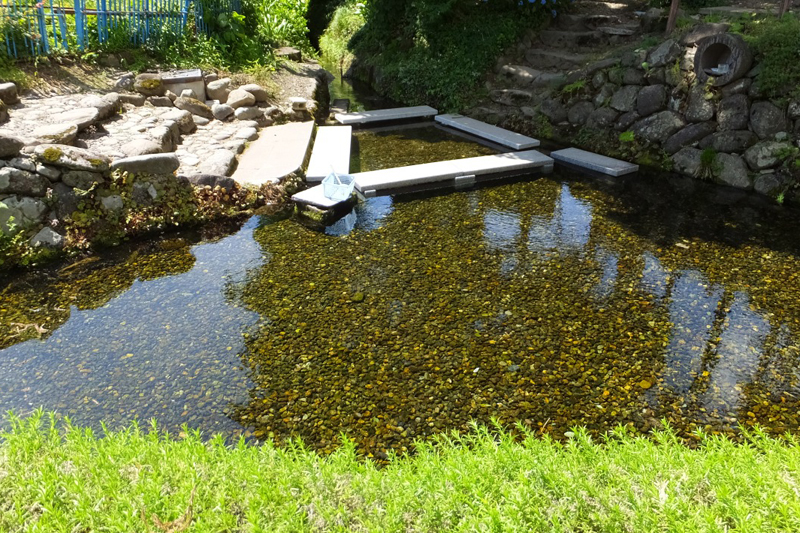
Odaidokoro Shimizu is a spring that springs up at the location where the villa (Otabisho/Otabisho/resting place for hunting trips) of Satake Yoshitaka, the second lord of the Akita domain, is said to have been located.
Masumi Sugae wrote, "This water was used for cooking in the mansion, and so it came to be called 'Odaidokoro Shimizu.'" This spring is relatively large among the Rokugo Springs, and is well maintained and kept in its natural state
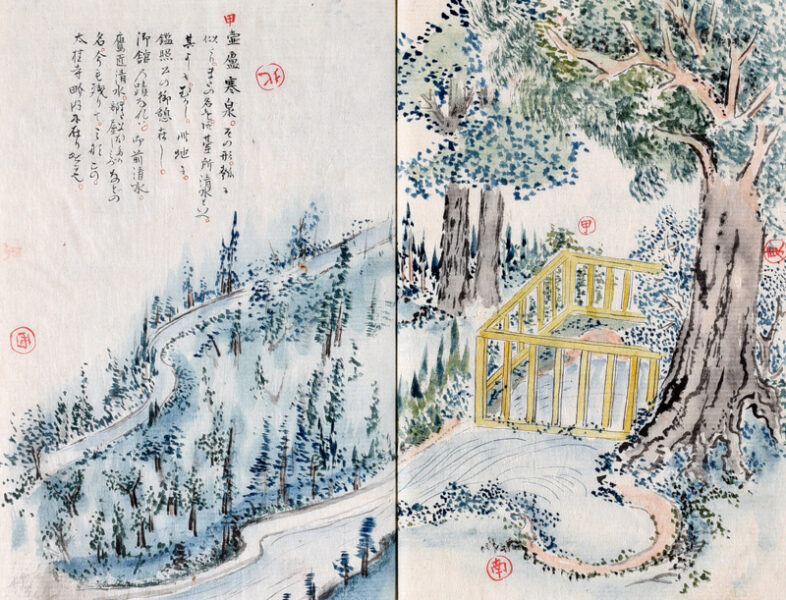
Odaidokoro Shimizu<Information>
- Name: Odaidokoro Shimizu
- Address: 3-8 Rokugo Homon Shimizu, Misato-cho, Senboku-gun, Akita Prefecture, 019-1404
- Official URL: Midorikawa Shimizu
Google Maps
"Falconer Shimizu" used for falconry by the lord of Akita domain

Takasho Shimizu is a spring that springs up in the grounds of Taikeiji Temple, near the shrine of Satake Yoshitaka. It is said that when Yoshitaka came to hunt, the falconer would soak his falcon's food in this spring.
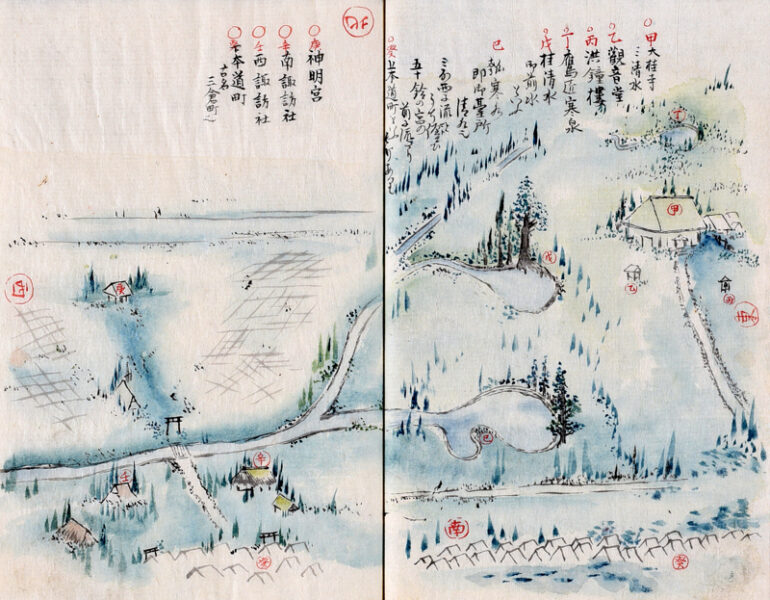
Falconer Shimizu <Information>
- Name: Falconer Shimizu
- Address: 3-8 Rokugo Homon Shimizu, Misato-cho, Senboku-gun, Akita Prefecture, 019-1404
- Official URL: Falconer Shimizu
Google Maps
Niteko Cider is made from this spring water "Niteko Shimizu"
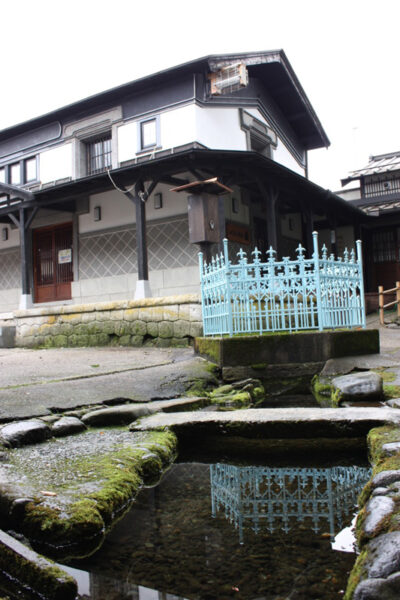
Niteko Shimizu is one of the most famous springs in the Rokugo Springs. "Niteko" is said to be a variation of the Ainu word "Nitaikotsu," which means a low-lying area with puddles. In kanji, it is written as "Niteko," and at the back of the spring is Niteko Shrine. During the Meiji period, "Niteko Cider," , was sold and became famous.
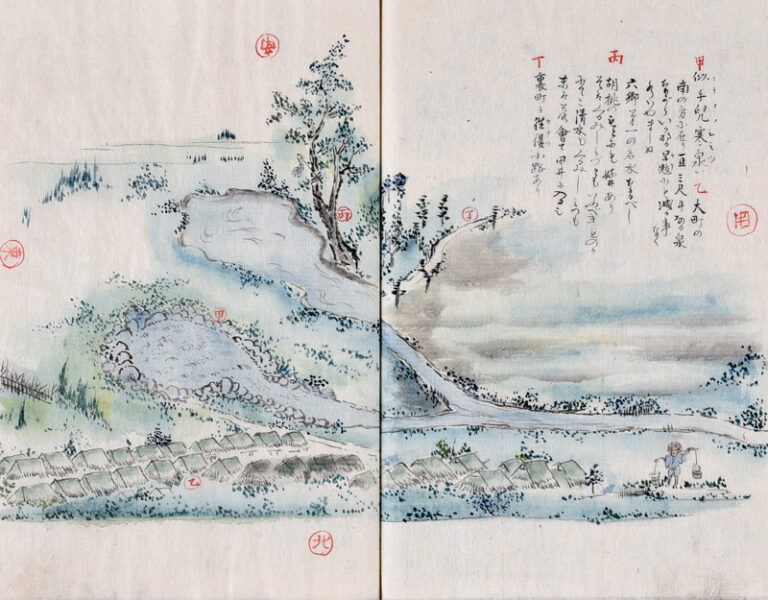
Niteko Shimizu <Information>
- Name: Niteko Shimizu
- Address: 59 Rokugo Omachi, Misato-cho, Senboku-gun, Akita Prefecture, 019-1404
- Official URL: Niteko Shimizu
Google Maps
Niteko Cider, which has been produced since the Meiji era
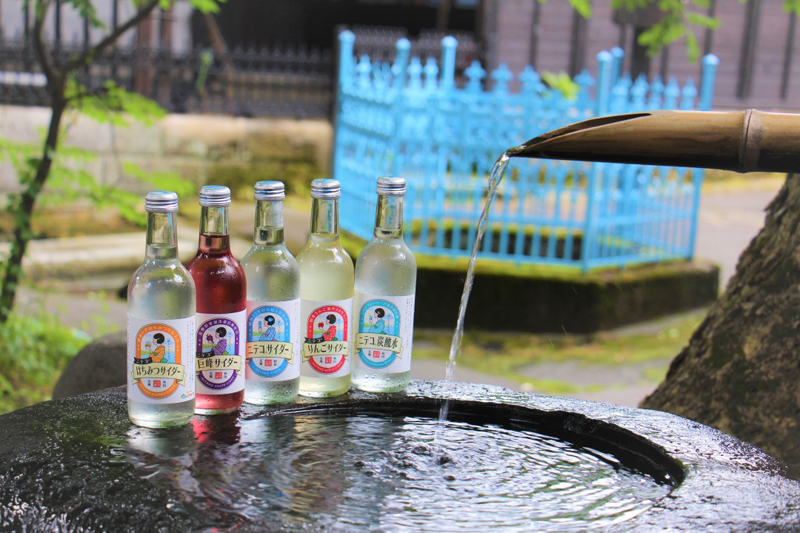
Niteko Cider is Akita Prefecture's first cider, which began production in 1902 using spring water from Niteko Shimizu.
Currently, "Handmade Workshop Yuko-chan" has taken over production from the original company that ceased operations. The product lineup includes five varieties: the nostalgic "Niteko Cider," as well as "Niteko Apple Cider," "Niteko Honey Cider," "Niteko Kyoho Cider," and "Niteko Carbonated Water."
Niteko Cider <Information>
- Name: Niteko Cider/Akita Misatozukuri Co., Ltd
- Address: 〒019-1404 Akita Prefecture Senboku District Misato Town Rokugoumamachi 83 Meisui Market Yutaro
- Official URL: Akita Misatozukuri Co., Ltd.
Google Maps
"Egao Shimizu" is still used as sake brewing water today
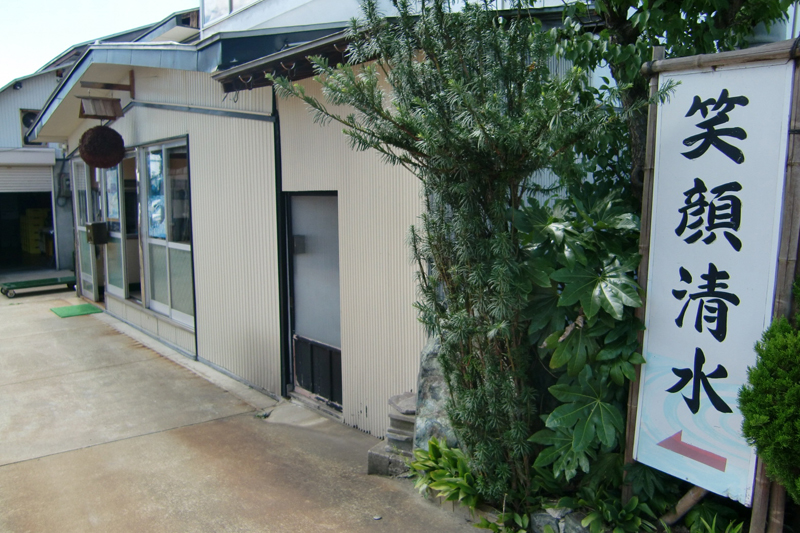
Egaoshimizu Spring first gushed forth in 1891 (Meiji 24) within the residence of Hatakeyama Kyuzaemon, the first mayor of Rokugo-cho (now Rokugo, Misato-cho).
Currently, the Takahashi Sake Brewery, a sake brewery, stands here, and the water is used as brewing water. It is said that it was Kyuzaemon who named the water "Smile Spring Water," saying, "I heard that when he saw his own reflection in the spring water, he had a smile on his face, so he named the water Smile Spring Water" (original text / Takahashi Sake Brewery Records)
Smiling Shimizu <Information>
- Name: Egaoshimizu
- Address: 72-13 Rokugo Homon Shimizu, Misato-cho, Senboku-gun, Akita Prefecture, 019-1404 (Takahashi Sake Brewery Co., Ltd.)
- Official URL: Smile Shimizu
Google Maps
"Homon Shimizu" in a quiet residential area
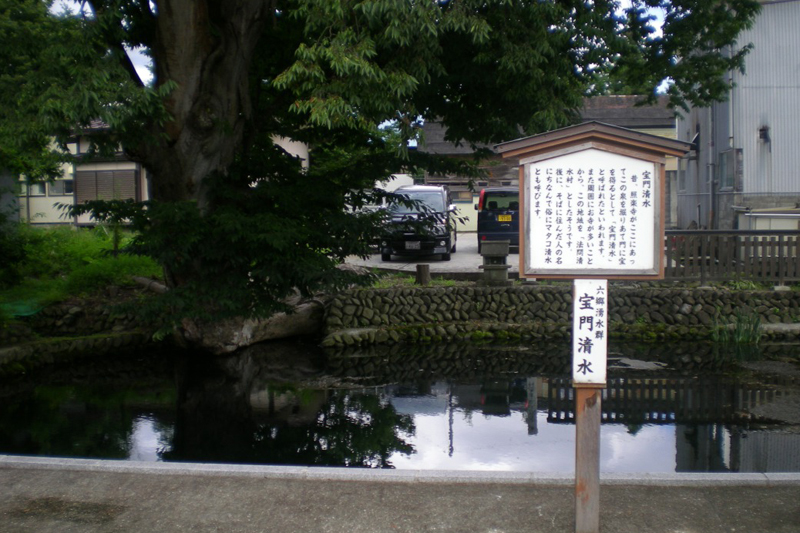
Homon Shimizu is a spring that was located inside the former Homonzan Shorakuji Temple, and is now located in a quiet residential area. It is located in an area where many springs are found, including Taikeiji Temple, where the Takajo Shimizu is located, and the Midodaikodokoro Shimizu, making it the perfect area for a stroll around the springs.
Homon Shimizu <Information>
- Name: Homon Shimizu
- Address: 103 Nishitakakatacho, Rokugo, Misato-cho, Senboku-gun, Akita Prefecture, 019-1404
- Official URL: Homon Shimizu
Google Maps
The name "Fujishimizu" comes from the magnificent wisteria trellis
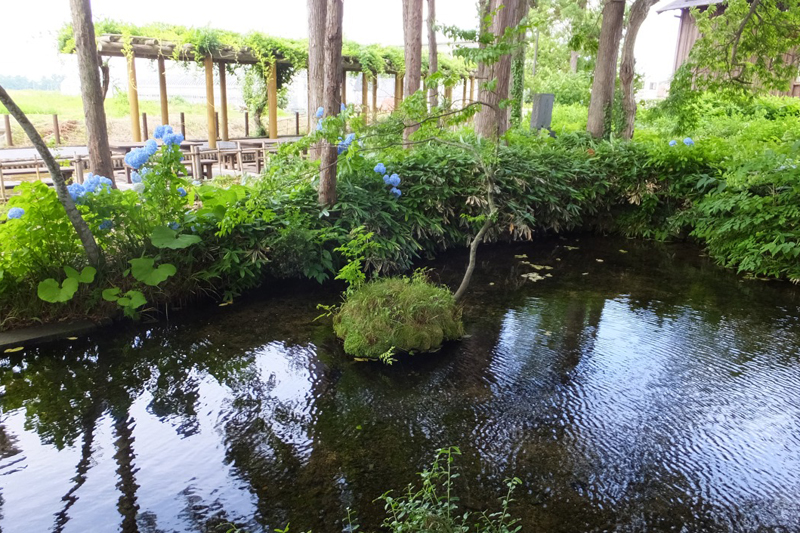
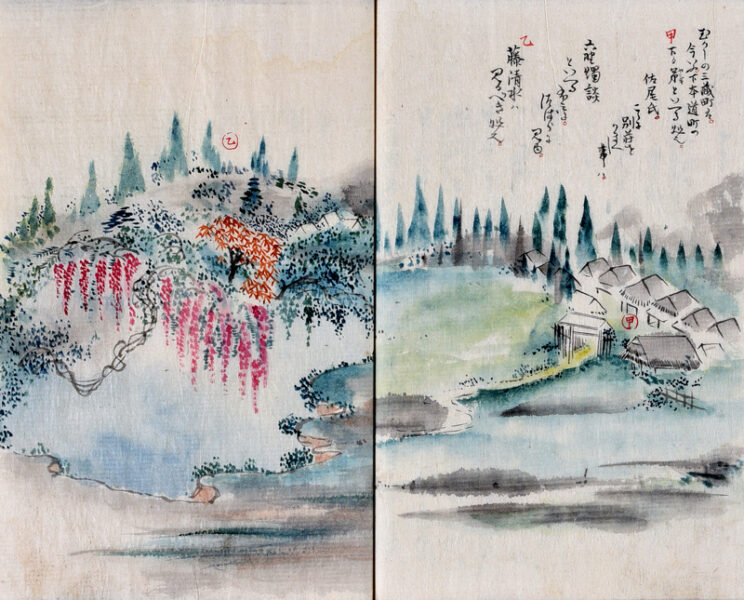
Fujishimizu is located in an area close to Nitekoshimizu and Egaoshimizu, and is named after the wisteria trellises that grow around it and the magnificent flowers that bloom there.
Fujishimizu<Information>
- Name: Fujishimizu
- Address: 10 Hondocho, Rokugo, Misato-cho, Senboku-gun, Akita Prefecture, 019-1404
- Official URL: Fujishimizu
Google Maps
Kamisukiza Shimizu, where Japanese paper for banknotes was made
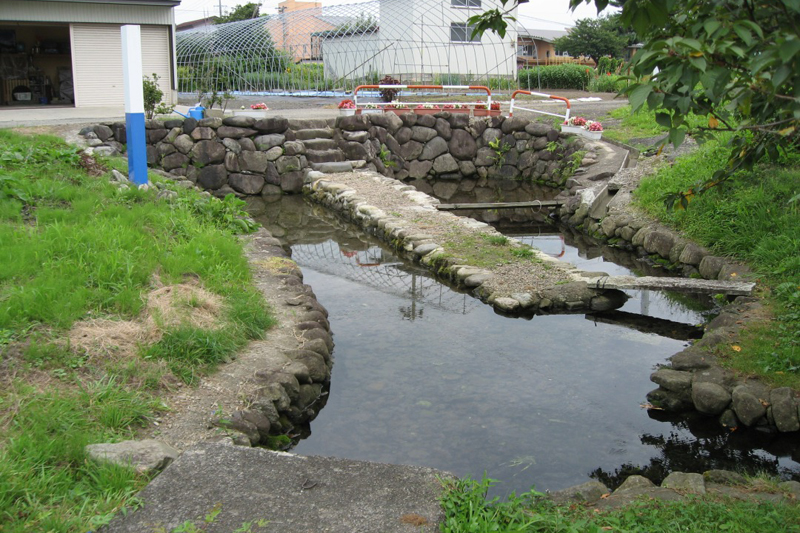
Kamisukiza Shimizu was a spring where Japanese paper was made using water from until the beginning of the Taisho era. Paper mulberry trees, the raw material for paper, were planted in the surrounding area, and during the Edo period, the area was home to the Kamisukiza office, which produced paper for the Akita domain's banknotes, hence the name.
Shimizu Shimizu<Information>
- Name: Kamisuki Zashimizu
- Address: 25 Hakusan, Rokugo, Misato-cho, Senboku-gun, Akita Prefecture, 019-1404
- Official URL: Kamisukiza Shimizu
Google Maps
Hatachiya Shimizu, where the liquor store kept its sake chilled
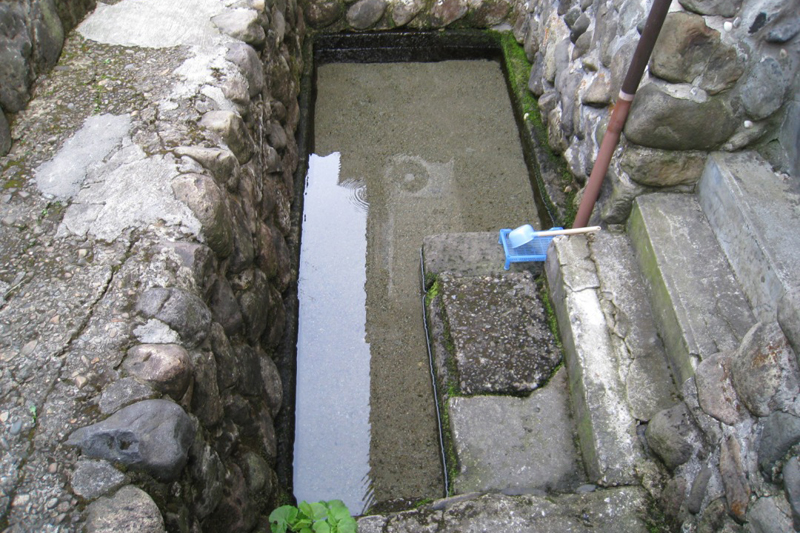
Hatachiya Shimizu is a spring located on the grounds of Hatachiya Liquor Store, and after World War II, Hatachiya was known for using it to cool drinks such as sake and cider during the summer.
Hatachiya Shimizu <Information>
- Name: Hatachiya Shimizu
- Address: 52-1 Rokugo Hondocho, Misato-cho, Senboku-gun, Akita Prefecture, 019-1404
- Official URL: Hatachiya Shimizu
Google Maps
Misato Town Lavender Garden: Beautiful lavender cultivated by spring water
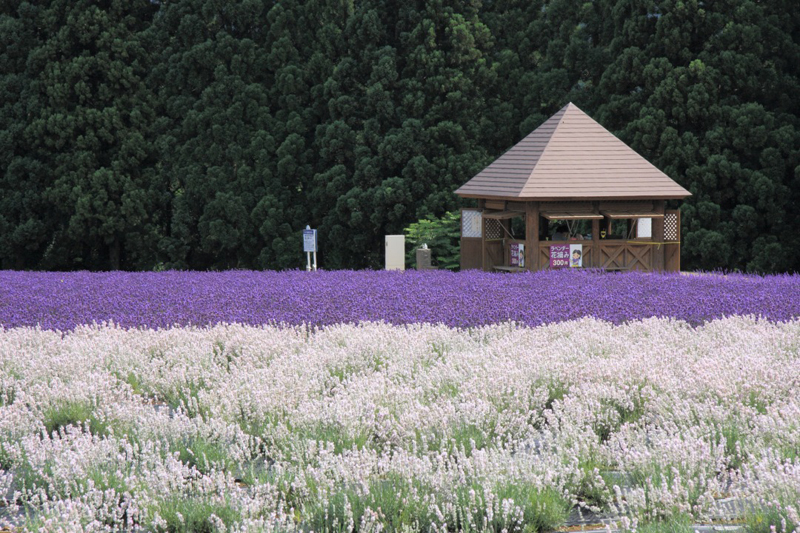
Misato Town Lavender Garden is not part of the Rokugo Spring Water Group, it is a facility unique to Misato Town, which has abundant access to refreshing spring water. Over 20,000 lavender plants are planted across an area of approximately 2 hectares (6,000 tsubo).
Misato Sekka, discovered in Misato Town Lavender Garden, is in full bloom, creating a stunning contrast between white and purple.
Misato Town Lavender Garden <Information>
- Name: Misato Town Lavender Garden
- Address: 1 Chiya Odaino, Misato-cho, Senboku-gun, Akita Prefecture, 019-1502
- Phone number: 0187-84-4909
- Opening period: Mid-June to early July (Lavender Festival)
- Opening hours: 9:00-17:00
- Admission fee: Free
- Official URL: Misato Lavender Garden




![[Akita Prefecture] 4 famous waters in Akita Prefecture and the Arayawakusui group in Akita City! Delicious rice and local sake are works of art made with famous water. Akita Namizu](https://jp.neft.asia/wp-content/uploads/2023/02/e6ebd0ade3b21287ced45ea8ee04fe2b-150x150.jpg)
![[Misato Town, Akita Prefecture] Niteko Cider? Exquisite cider born from Akita's Shimizu 02Niteko cider](https://jp.neft.asia/wp-content/uploads/2023/04/0eb4947a60e93961ced4556a19b2a6d1-150x150.jpg)
![[Misato Town, Akita Prefecture] A purple landscape also found in Akita! Misato Town Lavender Garden is filled with a soothing scent Lavender at Misato Town Lavender Garden](https://jp.neft.asia/wp-content/uploads/2023/05/2678858_m-150x150.jpg)
![Hot springs gush out in a place where there are no volcanoes! "Yuzawa Geopark" where you can see the mystery of the earth up close [Akita Prefecture] 4550228_m](https://jp.neft.asia/wp-content/uploads/2023/02/4550228_m-150x150.jpg)
![A trip to Doroyu Onsen in Akita Prefecture, depicted in the 31st trip of the manga "That's Journey" [Akita Prefecture] 30422261_m](https://jp.neft.asia/wp-content/uploads/2025/11/30422261_m-150x150.jpg)
![The Tozawa clan, which first owned the Senboku Kakunodate, rose to the lord of the Shinjo domain, and was the winner of the daimyo [Senboku City highlights 1] Samurai Mansion Cherry Blossoms_Tazawako Kakunodate Tourist Association](https://jp.neft.asia/wp-content/uploads/2025/07/3fef851952b498c8632b4304dc38a889-150x150.jpg)
![Let's go see the natural Akita cedars [1] The striking natural Akita cedars Kimimachi Cedar_Travel Tohoku](https://jp.neft.asia/wp-content/uploads/2025/08/8e9866308062a0263d3dc4be0085b6be-150x150.jpg)
![[The Mystery of Kamakura] Are Kamakura, a winter feature of Akita Prefecture, connected to the Kamakura Shogunate? Yokote 4_Travel Tohoku 1000](https://jp.neft.asia/wp-content/uploads/2025/08/a2674c8c7497fa159899e9b2a761c38f-150x150.jpg)
